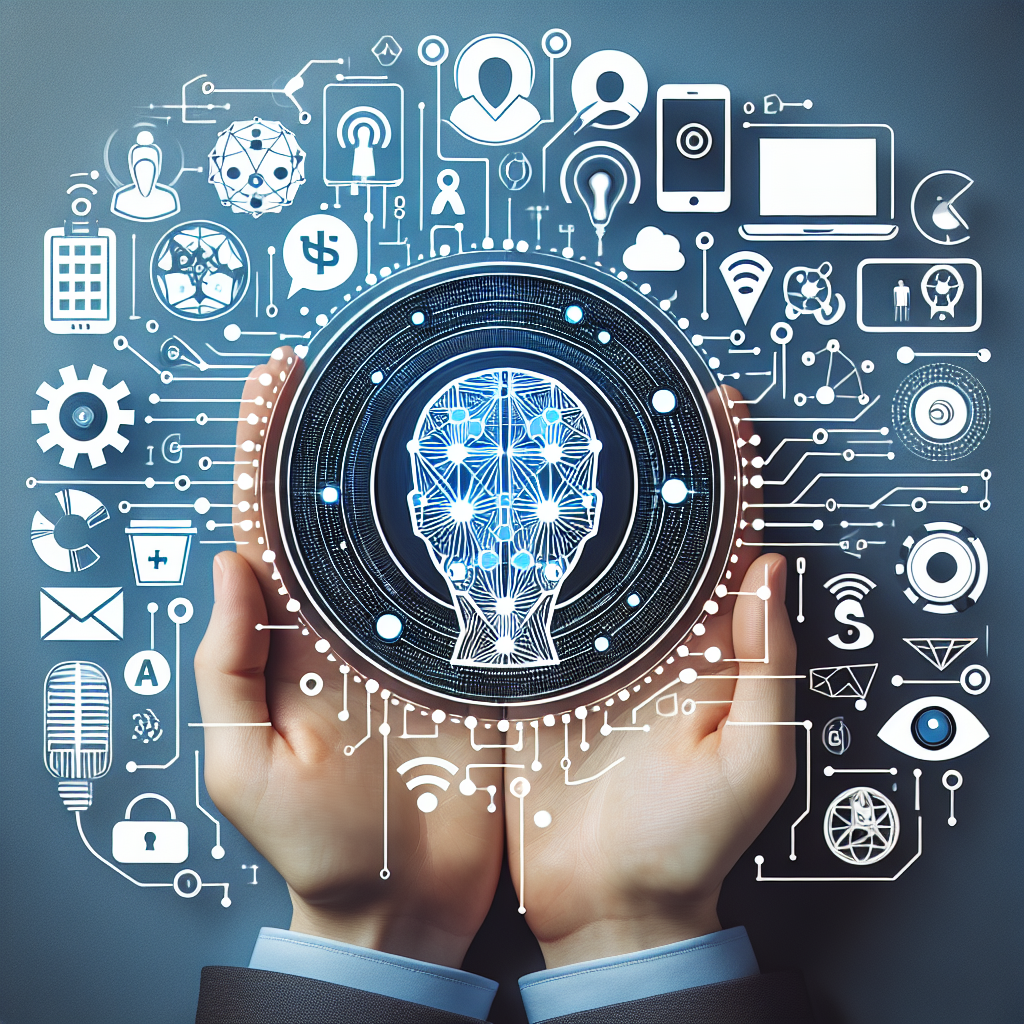In today’s digital age, social media has become a powerful tool for communication, marketing, and public relations. With the rise of social media platforms such as Facebook, Twitter, Instagram, and LinkedIn, organizations are able to connect with their audiences in real-time and engage with them on a personal level. However, with the benefits of social media also come challenges, one of which is managing crises effectively.
When a crisis occurs, whether it be a product recall, a negative news story, or a social media backlash, organizations need to respond swiftly and appropriately to protect their reputation and brand image. This is where the role of artificial intelligence (AI) in social media crisis communication comes into play. AI technologies can help organizations monitor social media conversations, identify potential crises, and respond more effectively to mitigate the impact of the crisis.
The Role of AI in Social Media Crisis Communication
1. Monitoring and Detection: One of the key roles of AI in social media crisis communication is monitoring and detecting potential crises. AI-powered tools can scan social media platforms for keywords, mentions, and trends that may indicate a crisis is brewing. These tools can analyze large volumes of data quickly and accurately, allowing organizations to identify issues before they escalate.
2. Sentiment Analysis: AI can also perform sentiment analysis on social media posts to gauge the tone and emotions of the conversation. This can help organizations understand how their audience is feeling about a particular issue and tailor their response accordingly. For example, if the sentiment is overwhelmingly negative, the organization may need to issue an apology or take corrective action to address the concerns of their audience.
3. Automated Response: In some cases, AI can be used to automate responses to common questions or issues during a crisis. This can help organizations provide timely and consistent information to their audience, without the need for human intervention. However, it is important to strike a balance between automated responses and human interaction, as audiences may prefer a more personal touch during a crisis.
4. Crisis Prediction: AI can also be used to predict potential crises before they happen. By analyzing historical data and social media trends, AI algorithms can identify patterns that may indicate a future crisis. This can give organizations a valuable opportunity to prepare and implement strategies to prevent or mitigate the impact of the crisis.
5. Reputation Management: AI can play a critical role in reputation management during a crisis. By analyzing social media conversations and sentiment, AI can help organizations understand how their brand is being perceived and identify areas for improvement. This can inform the organization’s crisis response strategy and help them make informed decisions to protect their reputation.
6. Real-time Monitoring: AI can provide real-time monitoring of social media conversations during a crisis, allowing organizations to track the impact of their response and make adjustments as needed. This can help organizations stay ahead of the curve and respond effectively to changing circumstances.
Frequently Asked Questions (FAQs)
Q: How can AI help organizations respond to social media crises more effectively?
A: AI can help organizations monitor social media conversations, detect potential crises, analyze sentiment, automate responses, predict crises, manage reputation, and provide real-time monitoring during a crisis.
Q: What are some examples of AI-powered tools for social media crisis communication?
A: Some examples of AI-powered tools for social media crisis communication include listening tools, sentiment analysis tools, chatbots, predictive analytics tools, and reputation management tools.
Q: How can organizations balance automated responses with human interaction during a crisis?
A: Organizations should strike a balance between automated responses and human interaction during a crisis. While automated responses can provide timely and consistent information, human interaction can offer a more personal touch and empathy that audiences may appreciate during a crisis.
Q: How can organizations use AI to predict potential crises before they happen?
A: Organizations can use AI to predict potential crises by analyzing historical data, social media trends, and patterns that may indicate a future crisis. By identifying these patterns, organizations can prepare and implement strategies to prevent or mitigate the impact of the crisis.
Q: What are some best practices for using AI in social media crisis communication?
A: Some best practices for using AI in social media crisis communication include monitoring social media conversations regularly, analyzing sentiment, automating responses for common questions, predicting potential crises, managing reputation, and providing real-time monitoring during a crisis.
In conclusion, the role of AI in social media crisis communication is becoming increasingly important for organizations to effectively manage and respond to crises in real-time. By leveraging AI-powered tools and technologies, organizations can monitor social media conversations, analyze sentiment, automate responses, predict potential crises, manage reputation, and provide real-time monitoring during a crisis. This can help organizations protect their brand image, reputation, and relationships with their audience, ultimately leading to a more successful crisis communication strategy.

